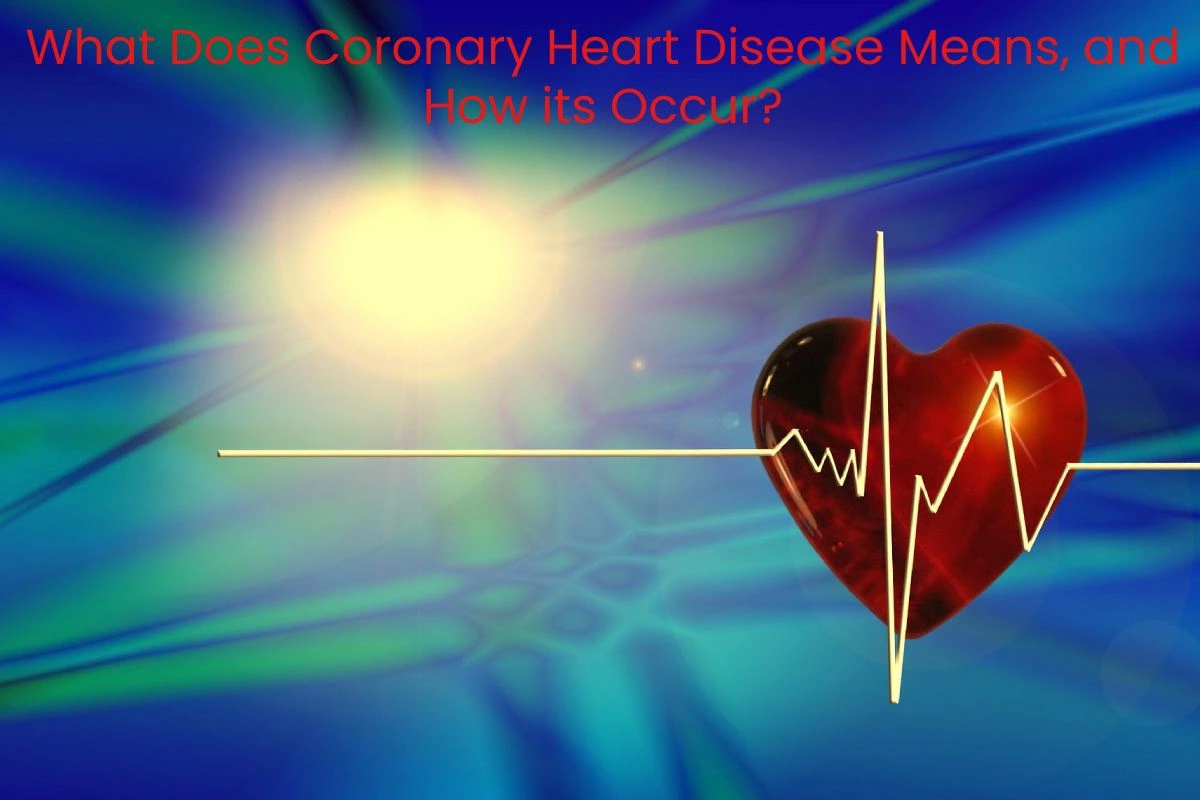Coronary Heart Disease- If the human body were a machine, it would have been recall. A case in point is the heart. The muscle is a marvel of engineering, a tireless pump that moves 75 gallons of blood every hour. But there’s a glaring flaw in the system. As a result, the arteries that carry blood to the heart often become clogged, called coronary heart disease or coronary artery disease. It’s as if a car company designed the perfect engine but forgot to look at the fuel lines.
About 16 million Americans have coronary heart disease, and many will pay a high price. The heart won’t get the oxygen or nutrients to stay healthy if the coronary arteries become too narrow. And if a route becomes wholly clogged, part of the heart will shut down. Doctors call this a myocardial infarction, but it’s better known as a heart attack. Over 450,000 people with CHD die of heart disease every year.
Table of Contents
What are the symptoms of coronary heart disease?
In its earliest stages, CHD is a silent disease. Some people never have symptoms, even as their arteries become dangerously clogged. Most people, however, will notice some warning signs. The symptoms may be subtle or severe, but they should never be taken lightly.
As the arteries feeding your heart become narrower and narrower, you may become short of breath. As a result, you may also feel chest pain, often called angina. Angina isn’t just an ache; you’ll probably also have a heavy, tight, burning, squeezing sensation behind your sternum.
The pain may also spread to your jaw, throat, or one arm. The attacks usually occur during exertion or emotional stress, and they go away when you rest or calm down. However, a heart attack may be around the corner if the attacks suddenly become more frequent or start arriving while you’re sleeping.
Symptoms are often different in women than in men. If you are a woman and experience fatigue, sleep disturbance, shortness of breath, indigestion, cold sweats, dizziness, or anxiety — even in the absence of chest pain — you may have heart disease. You could even be experiencing a heart attack.
How is coronary heart disease treated?
If one or more of your coronary arteries is severely cloggy, you may need treatment to restore blood flow to your heart. One option is coronary artery bypass surgery. A surgeon can create a detour around the blocked artery using a blood vessel from another part of your body. Another option is angioplasty, which involves threading a catheter through the clogged artery. Once the catheter is in place, it can widen the street when the doctor inflates a small balloon, fires a laser, rotates a tiny blade, or inserts a small metal scaffold called a stent.
If your arteries aren’t severely block but are still bother angina, your doctor may prescribe beta-blockers, nitroglycerin, or other medications to ease your symptoms. There’s little reason you can’t lead a rich, active life with proper self-care.
Coronary Heart Disease Risk Factors
The serum levels of SAH, Hcy, HOMER1, and FGF23 were significantly higher in the CHD group than in the control group. Additionally, stories in the SAP group were substantially lower than those in the UAP group, and both group levels were significantly lower than those in the AMI group. Authors reported that serum HOMER1, FGF 23, SAH, and Hcy levels had a positive correlation with the Gensini score
According to Zhang, smoking, hypertension, diabetes, alcohol consumption, obesity, HDL-C, FGF23, SAH, Hcy, and HOMER1 were independent risk factors for CHD. Ultimately, the study’s authors described that “levels of FGF23, SAH, Hcy, and Homer1 tend to increase in patients with CHD compared with average population, and the more severe the disease, the higher the levels, which has specific reference value for the clinical diagnosis of CHD and the evaluation and monitoring of the condition.
conclusion
Coronary heart disease is causes by plaque buildup in the artery wall supplying blood to the heart. Plaque is made up of cholesterol deposits. Plaque buildup causes the inside of the arteries to narrow over time. This process calling atherosclerosis.
Coronary heart disease is the term that describes what happens when your heart’s blood supply is block or interrupt by a buildup of fatty substances in the coronary arteries. Over time, the walls of your arteries can become furred with fatty deposits.

